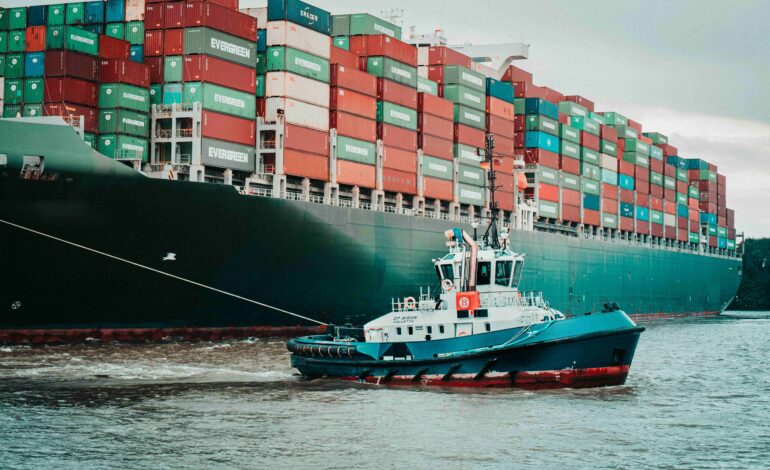
Future trends in autonomous shipping
The maritime industry is witnessing a revolutionary shift towards autonomous shipping, driven by technological innovation and a commitment to efficiency, safety, and sustainability. As advancements continue to unfold, several key trends are shaping the trajectory of autonomous vessels.
1. Cutting-Edge Technological Innovations:
At the heart of autonomous shipping lies cutting-edge technologies such as artificial intelligence (AI) and machine learning. These advancements empower ships to autonomously navigate complex maritime environments, making real-time decisions that prioritize safety and optimize efficiency. Machine learning algorithms further refine ship performance based on continuous data streams, ensuring adaptive and responsive operations.
2. Integration of IoT and Data Analytics:
The integration of Internet of Things (IoT) devices and sophisticated data analytics plays a pivotal role in the evolution of autonomous ships. IoT sensors capture a wealth of data on weather patterns, vessel performance, and cargo conditions in real-time. This data is then processed through advanced analytics platforms to streamline route planning, enhance fuel efficiency, and optimize maintenance schedules. By harnessing these insights, autonomous shipping reduces operational costs and minimizes environmental impact through optimized resource utilization.
3. Enhanced Safety Protocols:
Safety remains paramount in autonomous shipping, facilitated by state-of-the-art collision avoidance systems and predictive maintenance capabilities. AI-driven algorithms continuously assess risks and proactively manage vessel operations to prevent accidents and ensure crew safety. Robust redundancy measures and fail-safe mechanisms further bolster operational resilience, ensuring uninterrupted performance even in challenging maritime conditions.
4. Regulatory Frameworks and Compliance:
The widespread adoption of autonomous shipping necessitates robust regulatory frameworks and international standards. Regulatory bodies collaborate closely with industry stakeholders to establish guidelines for autonomous vessel design, operational protocols, and certification requirements. These frameworks ensure adherence to stringent safety, security, and environmental standards, fostering global acceptance and integration of autonomous technologies into maritime operations.
5. Economic Efficiency and Market Dynamics:
Autonomous shipping presents significant economic advantages through reduced labor costs, enhanced operational efficiency, and improved supply chain management. Shipowners benefit from optimized fleet performance, shorter transit times, and heightened competitiveness in the global marketplace. While initial investments in technology and infrastructure are substantial, the long-term economic benefits of autonomous shipping are compelling, driving sustained growth and profitability.
6. Promoting Environmental Sustainability:
Central to the evolution of autonomous shipping is its role in promoting environmental sustainability. By leveraging electric propulsion systems, renewable energy sources, and alternative fuels like LNG and hydrogen, autonomous vessels minimize carbon emissions and reduce marine pollution. Smart route optimization and energy-efficient practices further contribute to eco-friendly operations, aligning with stringent emissions regulations and global sustainability goals.
7. Human-Centric Collaboration:
While autonomous technologies streamline operational processes, human expertise remains indispensable in critical decision-making and emergency response scenarios. Crew members are integral to monitoring autonomous systems, interpreting data analytics, and ensuring seamless communication onboard. This human-machine collaboration enhances operational reliability, situational awareness, and adaptive capabilities, reinforcing the symbiotic relationship between technology and human ingenuity in autonomous shipping.
In conclusion, the future of autonomous shipping is defined by technological prowess, regulatory alignment, economic viability, environmental stewardship, and synergistic human-machine collaboration. As these trends continue to evolve, autonomous shipping is poised to redefine the maritime landscape, ushering in an era of safer, more efficient, and environmentally conscious global shipping operations.





